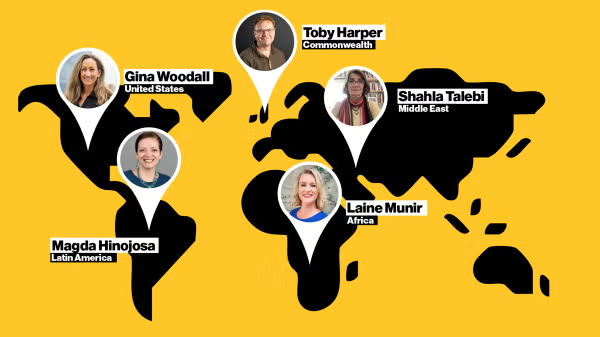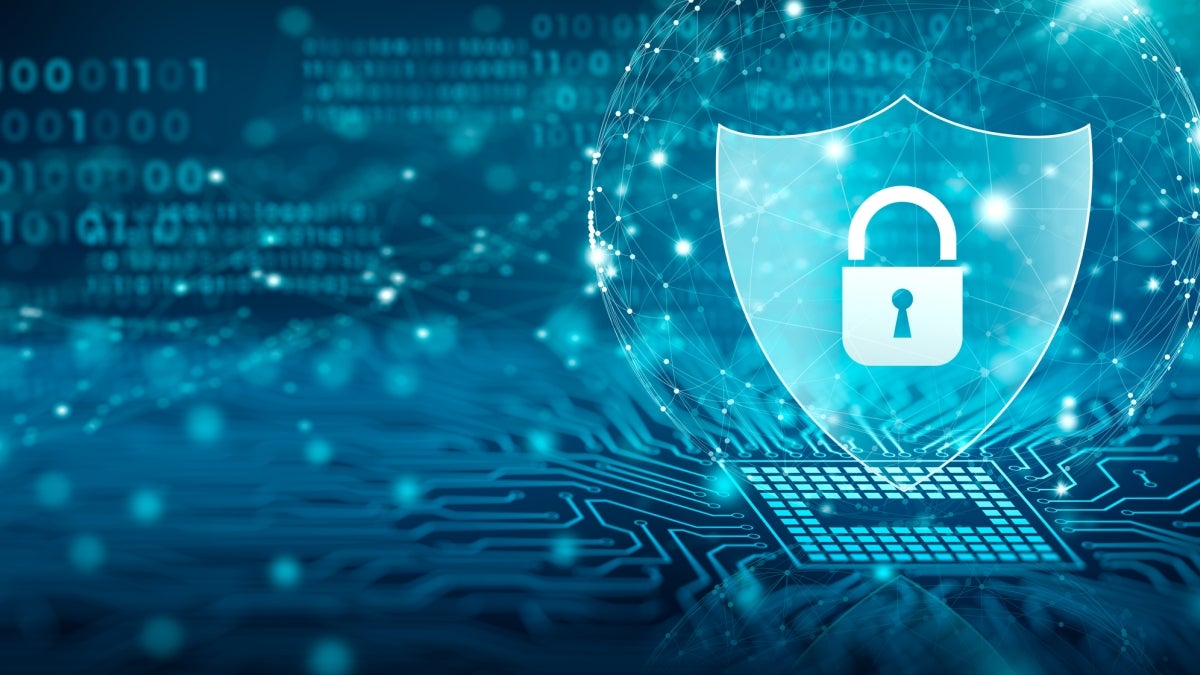The United States is engaged in a quiet but potentially devastating intelligence, cyber and information war, with the greatest threats to national security coming from China, Russia, Iran and North Korea.
That was the topic of a webinar on “Confronting Current and Future Cybersecurity Threats,” hosted Wednesday by Arizona State University’s Center on the Future of War.
“As you think about what computers have evolved to these days, they've gotten so much more entwined in everything we do — whether it's the information on our computer desktop all the way out to the military's weapons,” said Rob Joyce, director of the U.S. National Security Agency’s cybersecurity directorate.
Part of the mission of the agency is to partner with allies, private industry and academics to strengthen awareness and collaboration, and advance the state of cybersecurity.
Joyce was joined by retired Lt. Gen. Robert Schmidle, professor of practice in the Center on the Future of War and School of Politics and Global Studies, and Daniel Rothenberg, a professor of practice in the School of Politics and Global Studies and co-director of the Center on the Future of War.
Rothenberg asked if a devastating and fundamentally destabilizing cyberattack is imminent and inevitable in American society.
“Yeah it is,” said Joyce, citing the 2021 ransomware attack on the Colonial Pipeline, which was caused by one compromised password that led to major fuel shortages.
“So, it is not unimaginable.”
Beyond government computers
A cyberattack on the U.S. government would be far-reaching, going beyond its official web of networks to thousands of partner companies, defense contractors, subcontractors and more.
According to Joyce, the ecosystem consists of 30,000 cleared companies that work as subcontractors and 300,000 companies that feed into the defense department. It is an enormous amount of tech surface that adversaries can get into in order to steal information, manipulate data and more.
“So we were frankly seeing a lot of stuff lost in that ecosystem,” Joyce said.
Joyce said that anything from civic governments to companies that are assaulted are a national security issue. Hospitals, schools and manufacturing plants are all driven and dependent on computers.
“Criminals understand that If you have something that people depend on, they can exploit it,” Joyce said.
Cyber solutions
The NSA’s Cybersecurity Collaboration Center works with industry partners to prevent and eliminate foreign cyber threats.
Joyce explained there are ongoing offensive and defensive efforts to comprehend and combat cyber threats — exploiting the enemy’s web system while at the same time trying to keep them out of U.S. networks.
Finding out the enemy's secrets puts the U.S. on the path to security, he said.
What do adversaries know or intend to do against those military communication systems? And what are the adversaries doing to get our classified communications? These are questions the NSA must ask, Joyce said.
“You know, it takes a thief to catch a thief,” Joyce said. “So when you work on both sides of this … you get a better appreciation for the practical things the adversary will do to win, and that's really what it's all about.”
Desktop defense
Schmidle asked what people could do to protect their personal computers from attacks.
Joyce said the number one thing to do is install updates as soon as they come out and have a solid password management system. Security that is breached on one site can be an entry point to all personal information.
“Criminals are going around, and they're rattling the doorknobs,” Joyce said.
“It's the equivalent of a criminal finding a car that's unlocked and just taking whatever they find inside. If you lock your car, you're safe.”
Joyce said that there is a real need to be vigilant in improving the technology but, “it is not going to be any one entity that solves the problem.”
It's not just regulation, or collaboration between government and private industry, or international coalitions or laws that are the answer, he said.
“But it's going to be a bit of all of that.”
Top photo courtesy iStock
More Law, journalism and politics

ASU experts share insights on gender equality across the globe
International Women’s Day has its roots in the American labor movement. In 1908, 15,000 women in New York City marched to protest against dangerous working conditions, better pay and the right to…

ASU Law to offer its JD part time and online, addressing critical legal shortages and public service
The Sandra Day O’Connor College of Law at Arizona State University, ranked 15th among the nation’s top public law schools, announced today a new part-time and fully online option for its juris doctor…

ASU launches nonpartisan Institute of Politics to inspire future public service leaders
Former Republican presidential nominee and Arizona native Barry Goldwater once wrote, "We have forgotten that a society progresses only to the extent that it produces leaders that are capable of…


